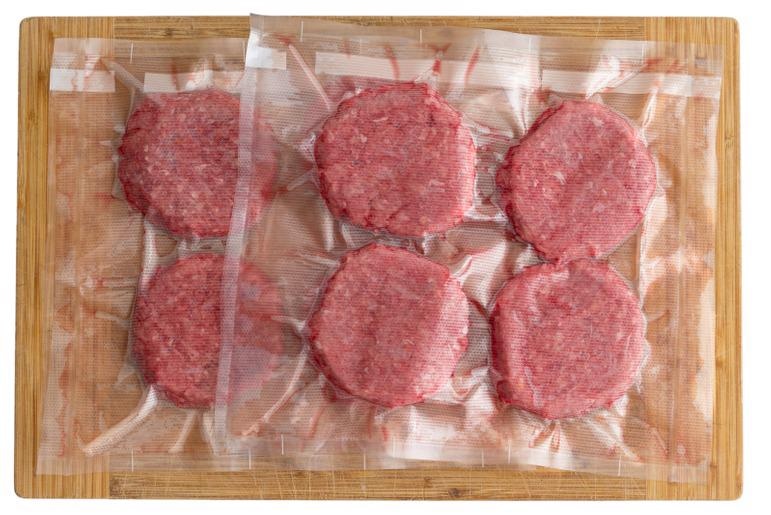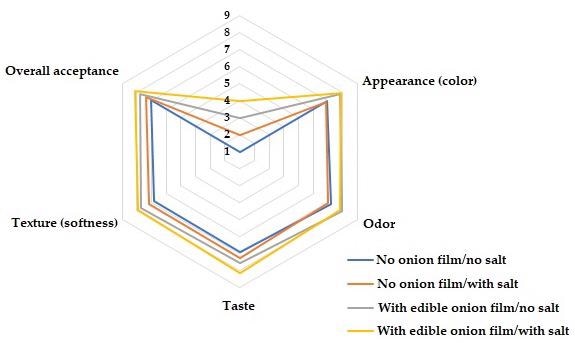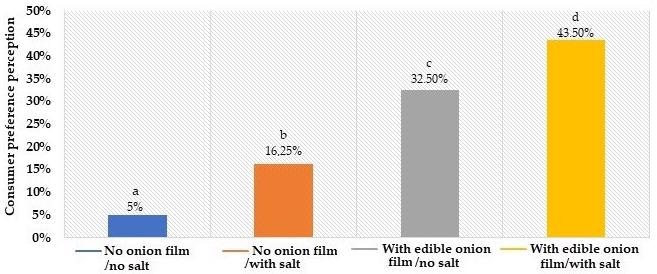Food quality is of paramount importance to the food and catering industries. Now, a paper published in Molecules has presented an innovative solution to keeping meat products fresh and improving their quality, shelf-life, and sensory properties: edible onion biofilms.

Study: Film on Quality, Sensory Properties and Shelf Life of Beef Burger Patties. Image Credit: Ozgur Coskun/Shutterstock.com
Beef: A Commercially Important Food Product
Beef is one of the most widely consumed animal protein sources in the world. However, this food product is sensitive to changes caused by physical, chemical, and microbiological reactions. Oxygen, enzymes within the meat, and chemicals produced by microorganisms can lead to proteolysis and lipid peroxidation.

Total aerobic bacteria count (log10 CFU) in bovine beef burger patties uncoated (control) and coated with edible onion performed at different storage times (4 °C). Mesophiles (a) and psychrophiles (b). Each data point represents the mean, and the error bars are the standard deviation (n = 3). Image Credit: Soares, K.S. et al., Materials
Beef is a culture medium for microbial growth due to intrinsic (chemical composition, pH decline rate, etc.) or extrinsic (temperature, humidity, etc.) factors. Environmental temperature is the most important extrinsic factor that leads to increased microbial growth in beef products (as well as other meat products.)
Another key factor that determines beef quality is processing. Whilst processing beef products do not cause a notable change in their nutritional profiles, it can modify the product with organoleptic characteristics, including flavor, aroma, and color. Additionally, processing improves the shelf-life of raw products and adds value by including unused cuts of meat.
The Use of Packaging to Preserve Beef Products
Packaging is used to preserve and improve the shelf-life and quality of beef products. Traditional plastic packaging, whilst it protects against environmental factors that can induce microbial growth and quality loss, is unsustainable and contributes to waste. These materials do possess qualities such as low cost, processability, and favorable mechanical properties, but these are outweighed by the environmental harm they cause.
Research into alternative packaging materials in recent years has attempted to improve this vital part of the preservation process, showing remarkable progress. Alternative technologies, combined with traditional preservation techniques, have been utilized by the meat industry to impede undesirable effects that lead to microbial growth and quality loss. Products such as patties are especially vulnerable due to the mincing process and increased exposure to oxygen and require special consideration.

Impression of consumers consuming beef burger patties uncoated (control) and coated with edible onion from a sensory panel in a nine-point hedonic scale (ranging between: “1 disliked it extremely” and “9 liked it extremely”). Image Credit: Soares, K.S. et al., Materials
The Alternative: Edible, Biodegradable Packaging
Due to the issues with sustainability and environmental damage that are faced by traditional petrochemical-derived packaging, edible and biodegradable packaging alternatives have been explored in recent years.
In food packaging, these alternative materials can play a passive or active role depending on the food which is being preserved. Non-passive functions include the antioxidant, nutritional, and sensory characteristics of vegetable and fruit-based packaging. This class of packaging is referred to as “primary packaging” due to their direct contact with the food product, and usually, extra packaging is needed to protect them from environmental effects and microbial contamination.
These materials are subject to regulations that inform their safe use as food packaging. They must be non-toxic and safe for human consumption. So far, more than 35 different plant species have been used in primary food packaging, with onion being the most promising.
Making Edible, Biodegradable Films from Onion for Beef Pattie Packaging
Onions contain many favorable chemical compounds such as their flavonoids, and indeed Quercetin, the main flavonoid in onions, has been shown to possess antioxidant and antimicrobial activity. Additionally, many chemical compounds present in onions have high nutritional value. Furthermore, films made from onion display good water vapor barrier and mechanical properties. Moreover, cytotoxicity and mutagenicity tests show that onion biofilms pose no risk to human health.
The team behind the research published in Molecules hypothesized that, due mostly to its antioxidant properties, biofilm produced from onion pulp would be an attractive primary material for the storage and preservation of processed meat products such as beef patties. Using these biofilms would increase the shelf-life of perishable products, as well as provide protection against microbial contamination.
A key visual factor that informs the purchasing decisions of consumers when it comes to perishable products, especially beef products, is their color. Oxidation is a main contributing factor in color changes. Oxidation also causes modifications to amino acids in the meat and causes peptide structures to rupture.

Consumer preference perception of beef burger patties coated or not with edible onion from a sensory panel (means followed by different lowercase letters in the lines differ by Fisher’s LSD test at p < 0.05). Image Credit: Soares, K.S. et al., Materials
Application of the edible onion biofilm stabilized the redness values of the beef patties by slowing down the oxidation process. This was observed for both redness and yellowness values (which are caused by lipid oxidation). The edible onion film also reduced the pH value of the covered beef patties, improving the quality of the product.
In Conclusion
The application of biofilms derived from onion pulp significantly improved the inhibition of microbial growth, sensory qualities, and shelf-life of beef patties compared to uncovered, control samples. This research demonstrated the development of a sustainable, edible, biodegradable primary food packaging material that will provide an innovative solution to challenges facing the meat industry.
Further Reading
Soares, K.S. et al. (2021) Effect of Edible Onion (Allium cepa L.) Film on Quality, Sensory Properties and Shelf Life of Beef Burger Patties [online] Materials 26:23 | mdpi.com. Available at: https://www.mdpi.com/1420-3049/26/23/7202/htm
Disclaimer: The views expressed here are those of the author expressed in their private capacity and do not necessarily represent the views of AZoM.com Limited T/A AZoNetwork the owner and operator of this website. This disclaimer forms part of the Terms and conditions of use of this website.